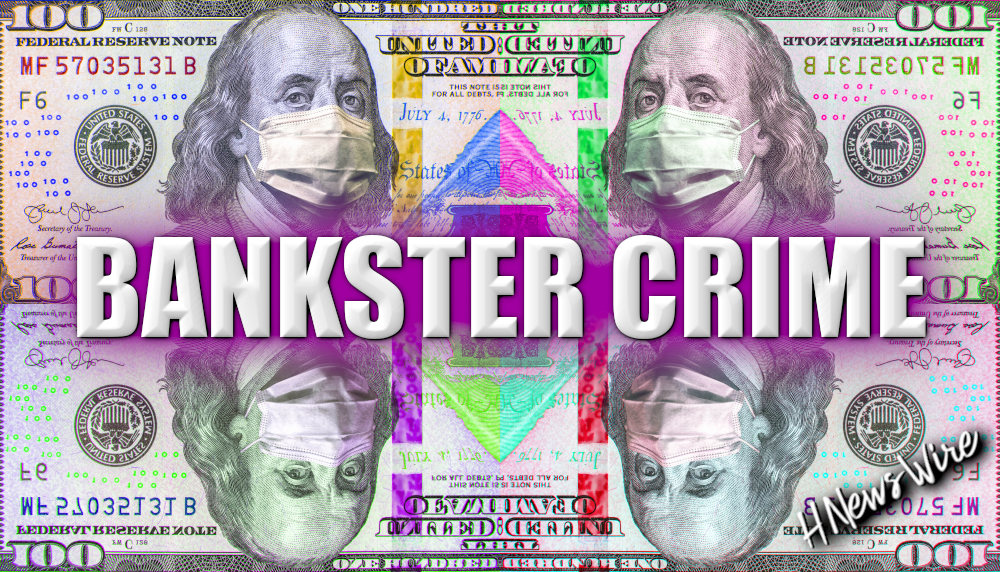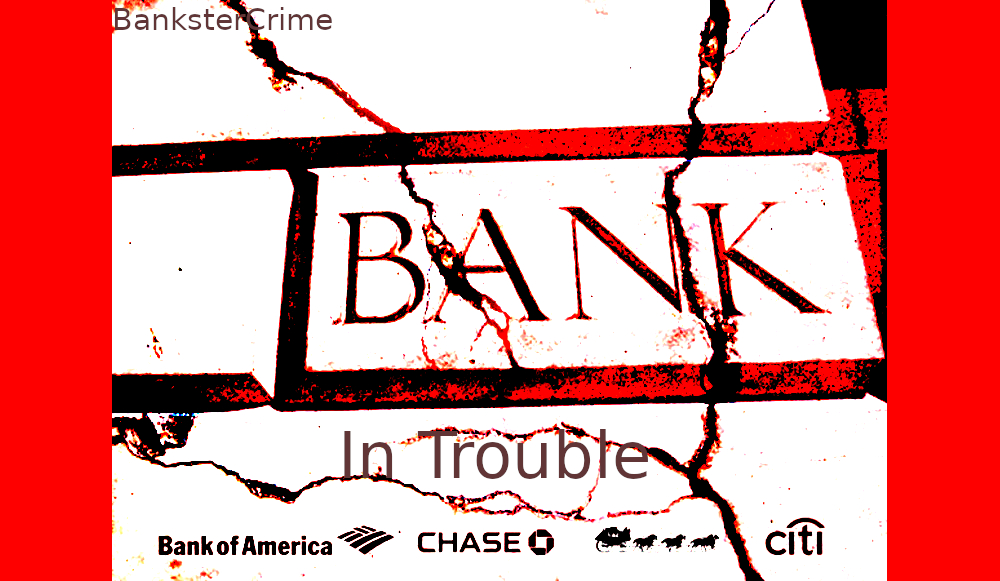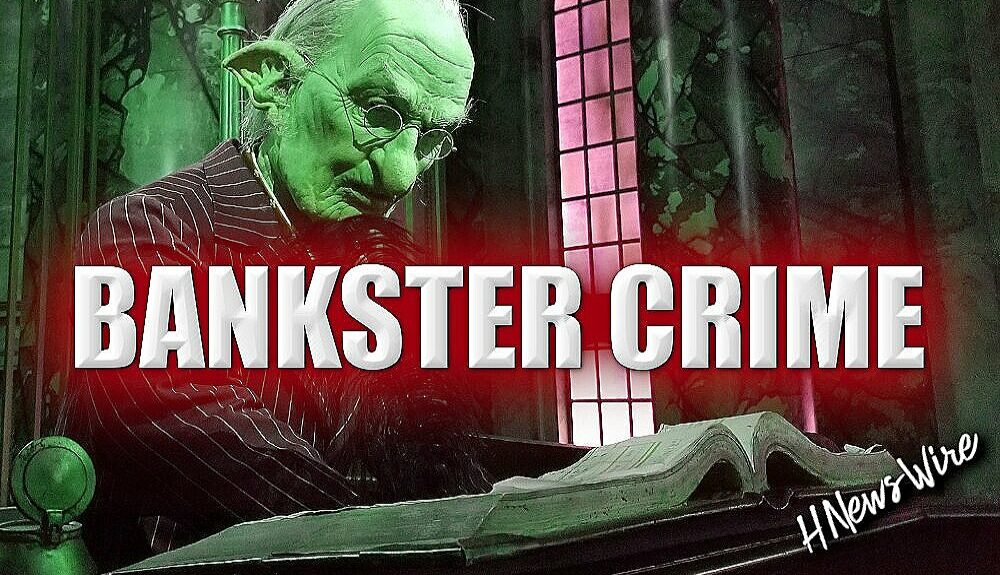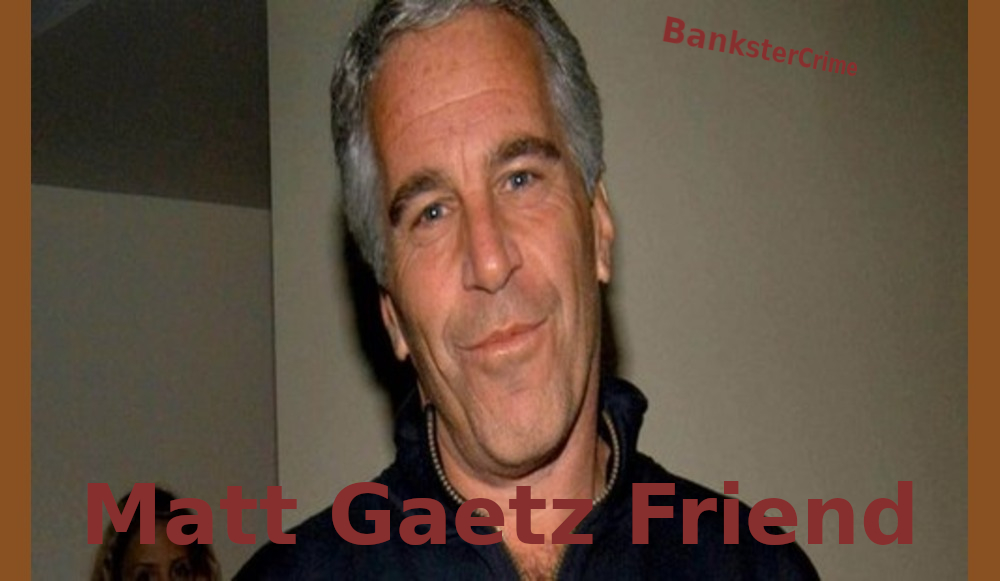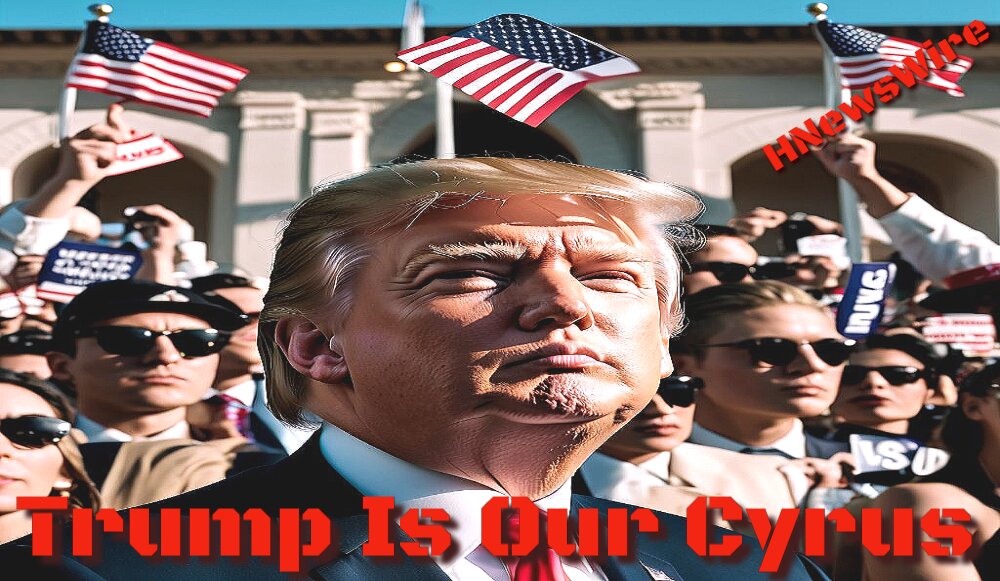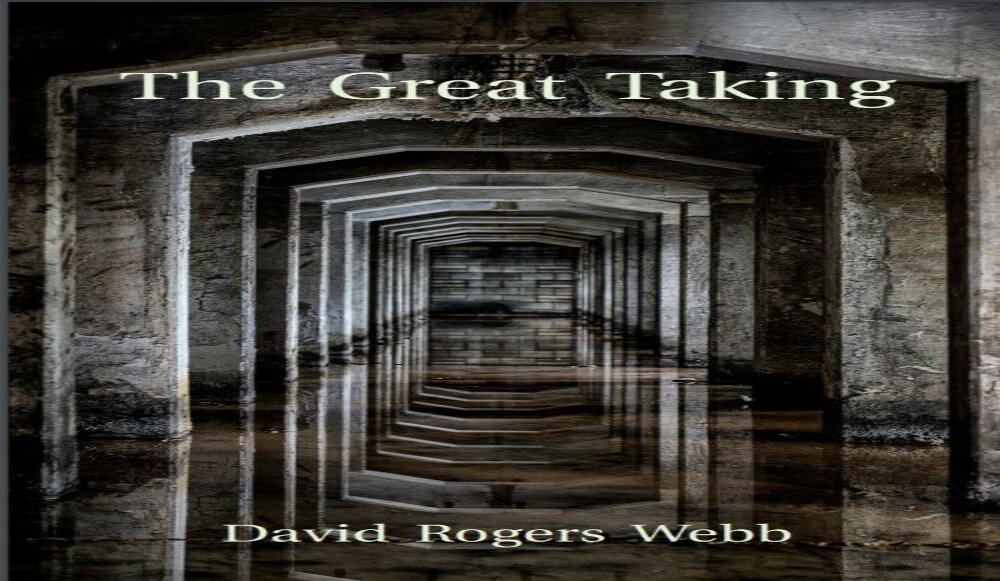Trillions of Dollars in Uninsured Deposits Are Now a Serious Albatross Around the Necks of the Mega Banks on Wall Street–Con Games Over

In June, Reuters reported that JPMorgan Chase was expanding the reach of its commercial bank into two additional foreign countries – Israel and Singapore – bringing its foreign commercial bank presence to a total of 28 countries. Those plans could potentially add billions of dollars more to its already problematic uninsured deposits.
Why federal regulators are allowing JPMorgan Chase to continue to expand, despite it admitting to five criminal felony counts since 2014 and currently facing three lawsuits in federal court for facilitating Jeffrey Epstein’s sex trafficking of underage girls is drawing attention from watchdogs.
According to its regulatory filings, as of December 31, 2022, JPMorgan Chase Bank N.A. held $2.015 trillion in deposits in domestic offices, of which $1.058 trillion were uninsured. It also held another $418.9 billion in deposits in foreign offices, which were also not insured by the Federal Deposit Insurance Corporation (FDIC). That brought its uninsured deposits as of year-end to a total of $1.48 trillion or 60 percent of its total deposits.
Under federal statute, the deposits held by U.S. banks that are located on foreign soil are not insured by the FDIC. Depositors in the Cayman Islands’ branch of Silicon Valley Bank found that out the hard way when their deposits were seized by the FDIC earlier this year after the bank failed in March. Deposits in domestic bank offices in the U.S. that exceed $250,000 per depositor/per bank are also not insured by the FDIC.
After the second, third and fourth largest bank failures in U.S. history over the span of seven weeks this past spring, the FDIC has awakened to the dangers of U.S. banks holding large amounts of uninsured deposits – whether they are uninsured because they exceed the $250,000 insurance cap per depositor/per bank or are uninsured because the deposits reside on foreign soil. Large holdings of uninsured deposits contributed to the bank runs at Silicon Valley Bank and Signature Bank in March, which toppled the banks and forced an FDIC receivership at both banks.
Because billions of dollars in domestic uninsured deposits were at risk at both failed banks, federal regulators issued a “special risk assessment” that allowed the FDIC to cover all uninsured domestic deposits. That action resulted in billions of dollars in extra losses to the FDIC’s Deposit Insurance Fund (DIF).
To wake up the mega banks on Wall Street to their own vulnerability with uninsured deposits as well as cover the DIF’s losses, the FDIC released a proposal on May 11 to levy a special assessment based on the individual bank’s holdings of uninsured deposits as of December 31, 2022. The assessment would amount to a charge of 0.125 percent of a bank’s uninsured deposits above $5 billion. The charge would be spread over eight quarters.
If the proposal survives as planned, that’s going to mean a very large financial hit to JPMorgan Chase and other mega banks with large amounts of uninsured deposits.
The proposal was subject to a 60-day comment period and, of course, the largest banks are howling through their lobbying organization, the Bank Policy Institute (BPI). In a letter dated July 21, the BPI argued that it wants to see some evidence that the biggest banks were the primary beneficiaries of the federal regulators’ “systemic risk assessment” that quieted things down during the banking panic. The BPI used the word “future” 13 times in its letter, repeatedly making the point that this better not be an assessment that the FDIC plans to make on an ongoing basis in the future.
Dennis Kelleher, President and CEO of the nonprofit watchdog, Better Markets, countered the whines of the mega banks in his own detailed letter, writing in part:
“The primary purpose of FDIC deposit insurance is to protect bank depositors. The standard deposit insurance coverage limit is currently $250,000 per depositor, per FDIC-insured bank, per ownership category. At most banks, especially most community banks that conduct traditional banking services in support of their local cities and towns, most deposit accounts are insured. In fact, as of December 2022, more than 99 percent of deposit accounts were below the $250,000 deposit insurance limit. As stated in the FDIC’s May 2023 Deposit Insurance Study mandated by Congress, ‘Uninsured deposits are held in a small share of accounts but can be a large proportion of banks’ funding, particularly among the largest 10 percent and largest 1 percent of banks by asset size. Large concentrations of uninsured deposits, or other short-term demandable liabilities, increase the potential for bank runs and can threaten financial stability.’ ”
Kelleher would also like to see the largest banks pay the special assessment in one year rather than eight quarters, along with other suggestions he made to improve the proposal. He writes:
“…the largest banks remain able to fund stock buybacks. After dropping sharply in 2020 because of uncertainty about the economy and effects of the pandemic, stock buybacks have, for the largest banks, resumed in 2021. Between the first quarter of 2021 and third quarter of 2022, aggregate stock buybacks for 21 large bank holding companies averaged more than $22 billion per quarter and reached a high of nearly $40 billion in the third quarter of 2021 alone. Several large bank CEOs indicated that plans for buybacks in 2023 will exceed 2022 levels, citing the fact that capital is ‘well above’ regulatory minimums, allowing for buyback flexibility.”
It will be fascinating to see if the big bank lobbyists are able to water down the FDIC’s proposal. For more background on the banking crisis, see: Silicon Valley Bank Was a Wall Street IPO Pipeline in Drag as a Federally-Insured Bank; FHLB of San Francisco Was Quietly Bailing It Out and JPMorgan Chase, Officially the Riskiest Bank in the U.S., Is Allowed by Federal Regulators to Buy First Republic Bank.

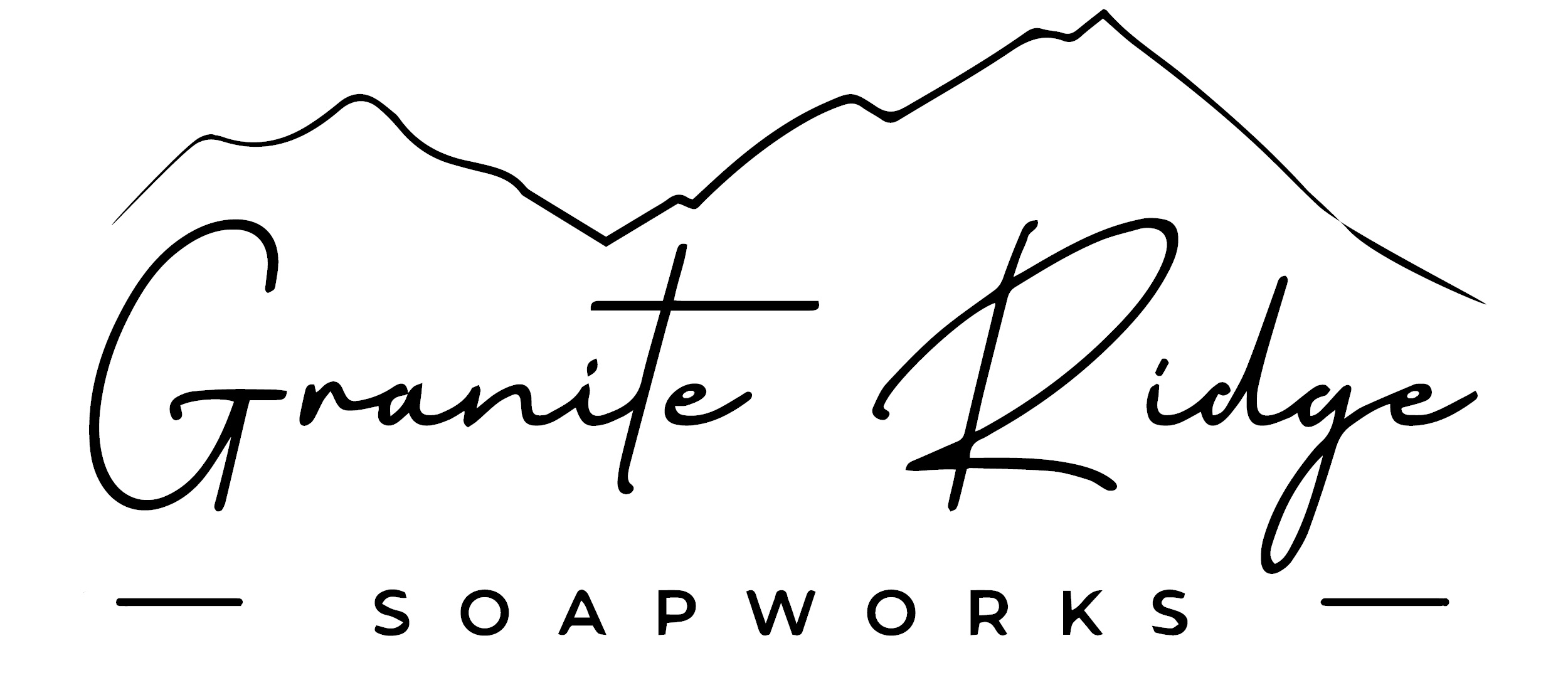
Say hello to Granite Ridge Soapworks! Use our handmade soaps to take good care of your skin. Our premium natural ingredients work together to create a silky, creamy lather that hydrates your skin. Chemicals, such as sodium lauryl sulfate, phthalates, parabens, or detergents, are never used by us. To ensure quality, we make all of our soaps in modest quantities. Visit our Etsy store right away to give them a try and the attention your skin deserves. GraniteRidgeSoapworks: Because only the best will do for your skin.
Use the code HNEWS10 to receive 10% off your first purchase.
Sources: WallStreetOnParade
Revelation: A Blueprint for the Great Tribulation


A Watchman Is Awakened


Will Putin Fulfill Biblical Prophecy and Attack Israel?

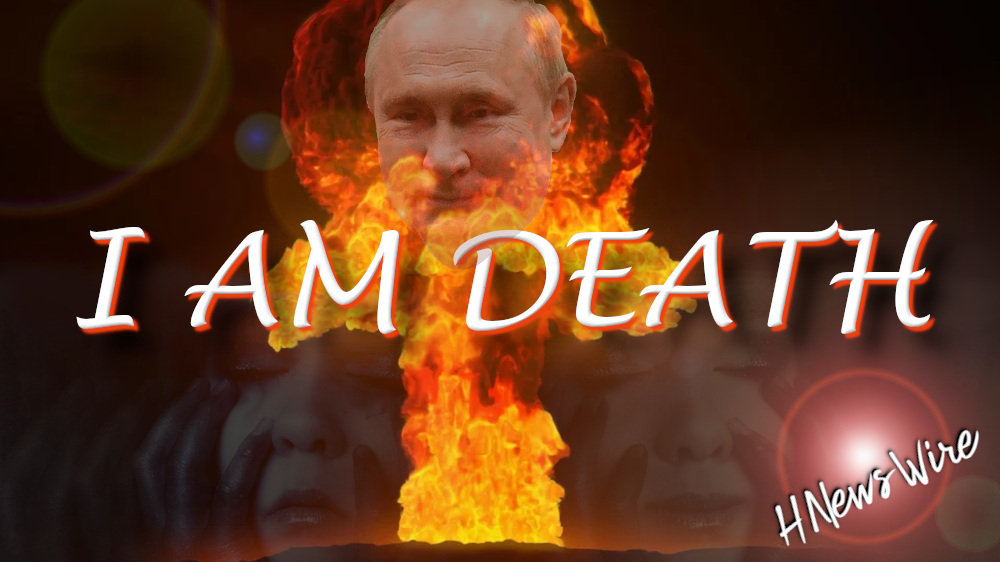

Newsletter
Orphans
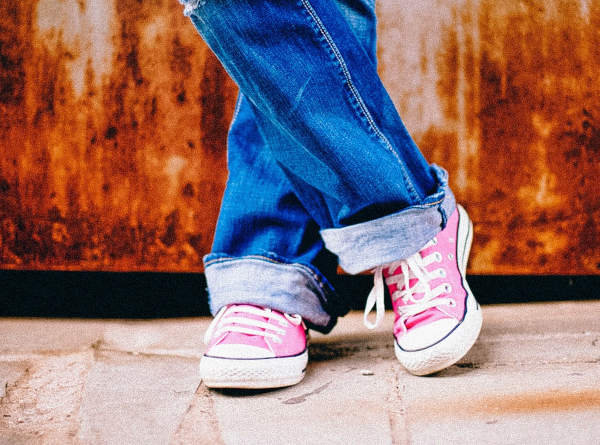
Editor's Bio

